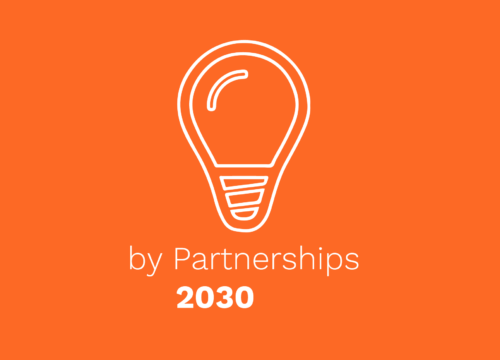Based on the four typical phases of MSPs, our guide identifies six success factors that can help you to overcome the most common challenges.
●
Partnerships2030
Multi-stakeholder partnerships (MSPs) have enormous potential to bring about social change and tackle complex global challenges – if they are successful. But how can MSPs ensure their long-term success?

